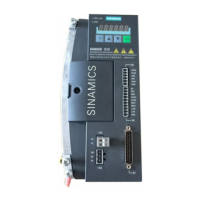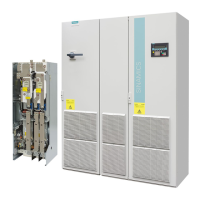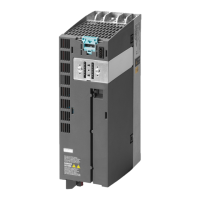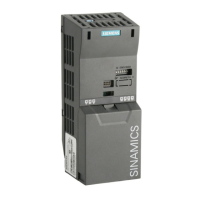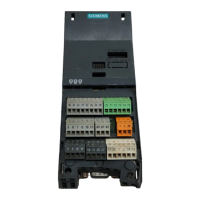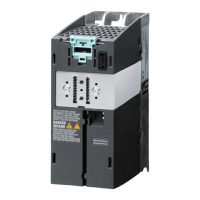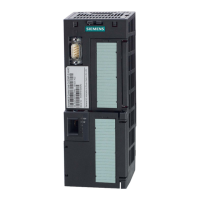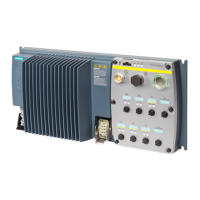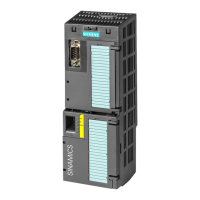Line-side power components
3.4 Line supply connection via residual-current devices
SINAMICS S120 Combi
Manual, 11/2017, 6SL3097-4AV00-0BP7
35
Electric shock or fire due to overcurrent protective equipment that trips too late or not at all
Overcurrent protective equipment that trips too late or not all can cause electric shock or
fire.
• In the case of a conductor-conductor or conductor-ground short-circuit, ensure that the
short-circuit current at the point where the converter is connected to the line supply
corresponds as a minimum to the requirements of the protective equipment used.
• You must additionally use a residual-current protective device (RCD) (Page 35) if the
required short-circuit current is not reached for a conductor-ground short-circuit. The
required short-circuit current can be too low, especially for TT systems.
• The short-circuit current must not exceed the SCCR of the converter and the breaking
capacity of the protective equipment.
Electric shock caused by oversized fuses
Oversized fuses can result in significant levels of danger and also faults.
• Use an adapted fuse corresponding to the table "Recommended line fuses and circuit
breakers for S120 Combi Power Modules".
Line supply connection via residual-current devices
Selectively tripping, AC/DC-sensitive residual current protection devices (type B) can be
used in addition to the overcurrent protection devices.
Residual current circuit-breakers (RCCB)
Electric shock when a residual current protection device does not trip
Overcurrent protective devices that do not trip or trip too late can cause an electric shock or
fire.
• Check or activate the residual current circuit breaker in regular cycles.
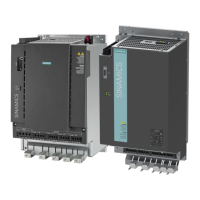
